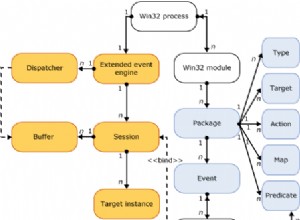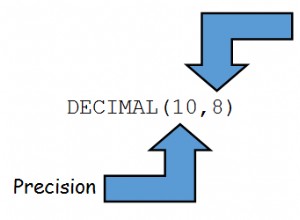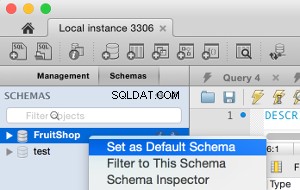Ketika saya melihat-lihat sedikit saya menemukan operator SUKAI di LINQ yang memiliki beberapa contoh bagus tentang bagaimana Anda bisa melakukan ini. Saya telah menguji yang di bawah ini yang berasal dari tautan di atas
Berikut adalah ekstensi untuk menggunakan Suka dengan lambda yang diposting oleh adobrzyc
public static class LinqEx
{
private static readonly MethodInfo ContainsMethod = typeof(string).GetMethod("Contains");
private static readonly MethodInfo StartsWithMethod = typeof(string).GetMethod("StartsWith", new[] { typeof(string) });
private static readonly MethodInfo EndsWithMethod = typeof(string).GetMethod("EndsWith", new[] { typeof(string) });
public static Expression<Func<TSource, bool>> LikeExpression<TSource, TMember>(Expression<Func<TSource, TMember>> property, string value)
{
var param = Expression.Parameter(typeof(TSource), "t");
var propertyInfo = GetPropertyInfo(property);
var member = Expression.Property(param, propertyInfo.Name);
var startWith = value.StartsWith("%");
var endsWith = value.EndsWith("%");
if (startWith)
value = value.Remove(0, 1);
if (endsWith)
value = value.Remove(value.Length - 1, 1);
var constant = Expression.Constant(value);
Expression exp;
if (endsWith && startWith)
{
exp = Expression.Call(member, ContainsMethod, constant);
}
else if (startWith)
{
exp = Expression.Call(member, EndsWithMethod, constant);
}
else if (endsWith)
{
exp = Expression.Call(member, StartsWithMethod, constant);
}
else
{
exp = Expression.Equal(member, constant);
}
return Expression.Lambda<Func<TSource, bool>>(exp, param);
}
public static IQueryable<TSource> Like<TSource, TMember>(this IQueryable<TSource> source, Expression<Func<TSource, TMember>> parameter, string value)
{
return source.Where(LikeExpression(parameter, value));
}
private static PropertyInfo GetPropertyInfo(Expression expression)
{
var lambda = expression as LambdaExpression;
if (lambda == null)
throw new ArgumentNullException("expression");
MemberExpression memberExpr = null;
switch (lambda.Body.NodeType)
{
case ExpressionType.Convert:
memberExpr = ((UnaryExpression)lambda.Body).Operand as MemberExpression;
break;
case ExpressionType.MemberAccess:
memberExpr = lambda.Body as MemberExpression;
break;
}
if (memberExpr == null)
throw new InvalidOperationException("Specified expression is invalid. Unable to determine property info from expression.");
var output = memberExpr.Member as PropertyInfo;
if (output == null)
throw new InvalidOperationException("Specified expression is invalid. Unable to determine property info from expression.");
return output;
}
}
Untuk menggunakannya Anda cukup menambahkan fungsi Like di mana Anda akan meletakkan fungsi-fungsi Berisi. Anda dapat melihat di bawah untuk contoh
using (CustomerEntities customerContext = new CustomerEntities())
{
IQueryable<Customer> customer = customerContext.Customer.Like(x => x.psn, "%1%");
}
Ini akan membuat kueri sql yang terlihat seperti ini.
SELECT
[Extent1].[psn] AS [psn]
FROM [dbo].[Customer] AS [Extent1]
WHERE [Extent1].[psn] LIKE '%1%'




